Has an impact but not too much
On September 28, India officially lifted the ban on non-basmati white rice exports, with the condition of applying a floor price of $490 per ton. At the same time, this South Asian country also reduced the export tax on basmati rice from 20% to 10%.
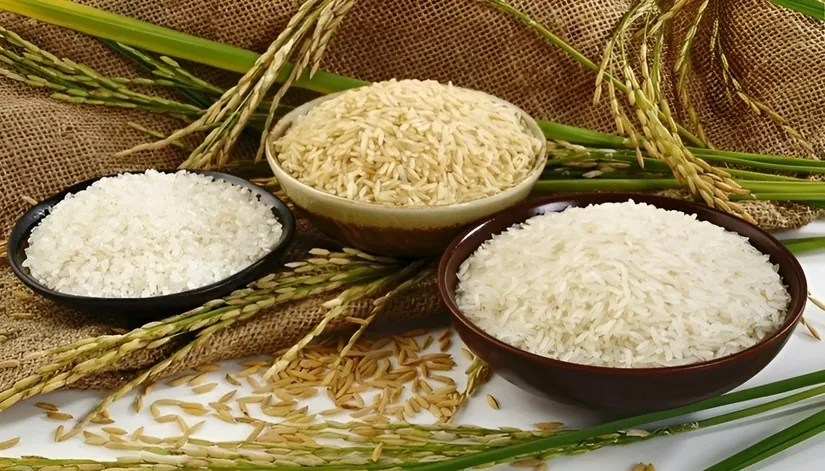 |
| India officially lifts export ban, will Vietnamese rice be affected? (Photo: NH) |
India has ample rice supplies with stocks of 32.3 million tonnes, up 39% from a year ago. The country has given the green light to resume exports of non-basmati white rice as domestic inventories surge and farmers prepare to harvest the new crop in the coming weeks.
The return of rice from India may force countries such as Pakistan, Thailand, and Vietnam to adjust prices to compete, which will cool down rice prices in the global market.
According to the Vietnam Food Association (VFA), the price of 5% broken rice in Vietnam is currently at 560 USD/ton, down 20 USD compared to last week. Similarly, the price of rice in Thailand has also dropped to 550 USD/ton, the lowest level in more than a year.
Vietnamese rice exporters believe that India’s return to the market will put downward pressure on prices of popular rice varieties such as 5% and 25% broken rice from Vietnam. However, Vietnamese rice prices are unlikely to fall below $500 per ton due to limited domestic supply, especially in the context of this year’s autumn-winter crop being affected by climate change, reducing productivity.
Recently, Vietnam won two bids for nearly 60,000 tons of rice in Indonesia’s September rice tender with a winning bid price of $548 per ton, down $32 from last week. Despite the price drop, demand from key markets such as the Philippines, Indonesia and Malaysia remains high, creating great pressure on demand for Vietnamese rice.
According to a report by the General Department of Customs, by mid-September 2024, Vietnam's total rice export volume reached nearly 6.5 million tons with a value of over 4 billion USD, up 6.2% in volume and 21.2% in value over the same period last year. With this result, Vietnam has completed more than 80% of the annual export plan and is expected to reach the target of 7.6 million tons of rice this year.
Currently, it is the end of the summer-autumn crop, so the amount of rice in stock of Vietnamese enterprises is not much. Meanwhile, according to the Vietnam Food Association, the price of rice in the world market is also at a low level.
Regarding the high-end fragrant rice segment such as ST24 and ST25, Mr. Dinh Ngoc Tam - Deputy General Director of Co May Company - commented that the production cost of ST25 rice is currently above 32,000 VND/kg, while the retail price has remained around 30,000 - 31,000 VND/kg since the beginning of the year, causing difficulties for businesses. Therefore, the price of this type of rice is unlikely to decrease, and may even increase due to a shortage of supply.
According to Mr. Tam, although world rice prices tend to decrease, thanks to high demand from large markets and high-quality rice varieties such as ST24 and ST25, Vietnamese rice still maintains its competitive position in the international market.
Forecast to still reach over 5 billion USD
Previously, speaking to a reporter from the Industry and Trade Newspaper, Mr. Do Ha Nam - Vice President of the Vietnam Food Association - said that India's lifting of the ban on rice exports would not have much impact on domestic rice export prices. Because Indian rice varieties are different from those of Vietnam. Indian rice is mainly low-grade rice and exported to African markets. Meanwhile, in Vietnam, most of the acreage has been converted to grow high-quality rice varieties and other export market segments of India.
Sharing the same view on this issue, Mr. Nguyen Van Thanh - Director of Phuoc Thanh 4 Production and Trading Company Limited - said that if India reopens the low-grade rice market, Vietnamese rice will not be affected much in the short term, even the Autumn-Winter crop that the Mekong Delta is about to sow will not be significantly affected, because about 60 - 70% of the rice crop area is planted by farmers with high-quality rice varieties, such as RVT, ST21 and ST25 for domestic consumption and preparation for the upcoming Tet rice. The rest is sold to markets such as the Philippines, China, the Middle East and the EU.
The Ministry of Agriculture and Rural Development said that in 2024, rice production is estimated to reach about 43.4 million tons of paddy, ensuring national food security and possibly saving about 7.6 million tons of rice for export. Of which, the high-quality rice group is about 3.2 million tons, the fragrant and specialty rice group is 2.5 million tons; the medium-quality rice group is 1.15 million tons; and the glutinous rice group is 0.75 million tons.
According to Mr. Nguyen Nhu Cuong - Director of the Department of Crop Production (Ministry of Agriculture and Rural Development) - up to this point, we have exported about 7 tons of rice, the amount of rice exported is still in the Autumn-Winter crop and a little in the early Winter-Spring crop, the quantity is not much. In addition, there is still rice in the warehouses of enterprises. However, the Indian rice segment is different from the Vietnamese rice segment, so the level of impact from India's loosening of exports is there but it will not affect much on the Vietnamese rice market from now until the end of the year.
Currently, import demand from traditional customers of Vietnam such as: Philippines, Indonesia, China, Ghana, Malaysia, Singapore... is high and increasing. In addition, rice exporting enterprises are also actively expanding to new markets such as: Middle East, Africa, South America, Korea, Japan...
According to forecasts, the world will have a shortage of 7 million tons of rice this year. With India lifting the ban on rice exports, experts also believe that the market trend from now until the end of the year, Vietnamese rice prices are unlikely to fall further, because demand in many markets is still increasing. Therefore, Vietnam's rice exports in 2024 are forecast to exceed 5 billion USD.
Currently, the Ministry of Industry and Trade and the Ministry of Agriculture and Rural Development have proposed the establishment of a National Rice Council. The Council is an inter-sectoral coordination organization, advising the Prime Minister to research, direct, and coordinate the resolution of important inter-sectoral issues for the development of the rice industry.
Experts expect that in the coming time, the council will contribute to consulting and advising the Government on the market and rice output to ensure national food security, increase exports as well as income of rice growers.
The Council will create links in the value chain, from the input supply chain to the output market to ensure stable production, increase the value of exported rice, and promote branding for Vietnamese rice.
Mr. Nguyen Nhu Cuong - Director of the Department of Crop Production (Ministry of Agriculture and Rural Development): In Vietnam's production plan for the coming years, from the perspective of the crop industry, we still aim to maintain over 7 million hectares of cultivation, strive for an output of over 43 million tons of paddy, export about 7 million tons of rice depending on market demand, while ensuring the interests of farmers and exporting enterprises. |



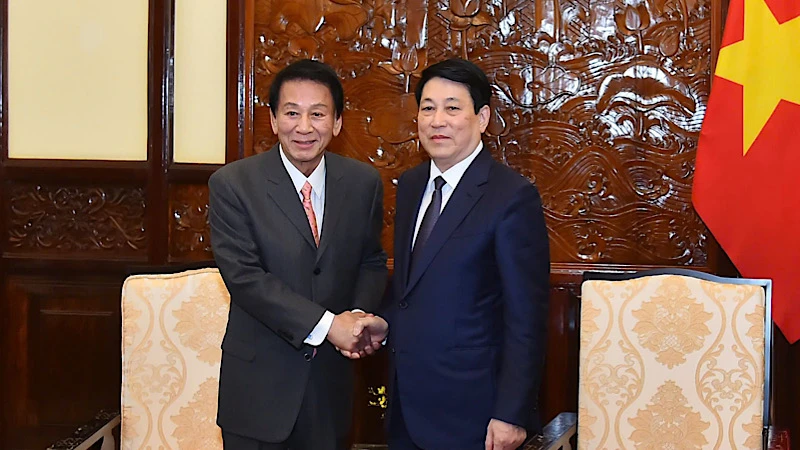
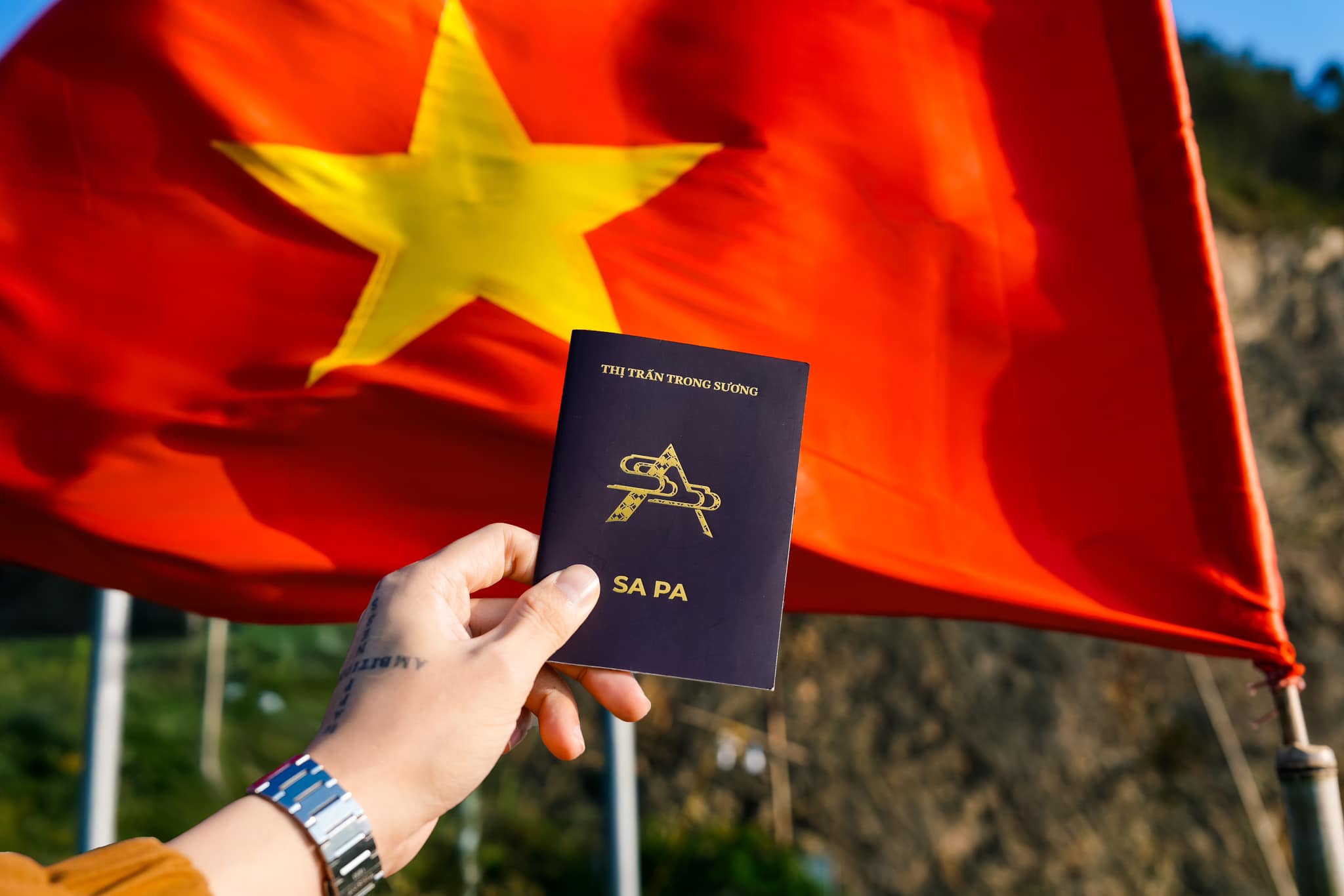
![[Photo] Prime Minister receives a number of businesses investing in Ba Ria-Vung Tau province](https://vstatic.vietnam.vn/vietnam/resource/IMAGE/2025/3/20/8e3ffa0322b24c07950a173380f0d1ba)
![[Photo] President Luong Cuong receives former Vietnam-Japan Special Ambassador Sugi Ryotaro](https://vstatic.vietnam.vn/vietnam/resource/IMAGE/2025/3/20/db2d8cac29b64f5d8d2d0931c1e65ee9)



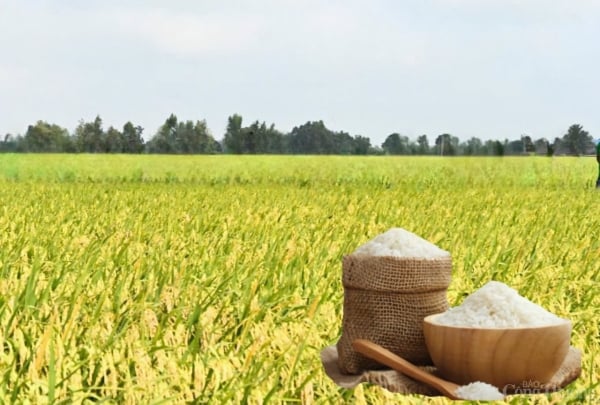

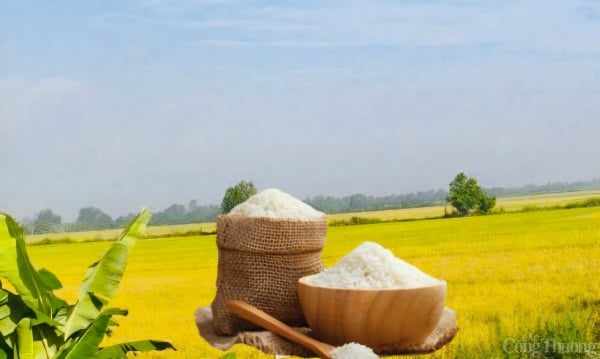
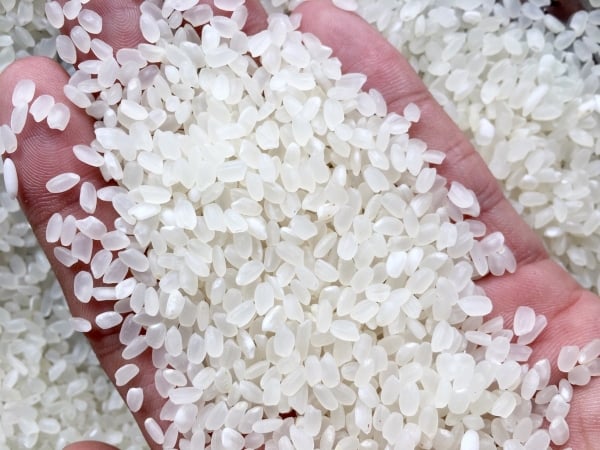
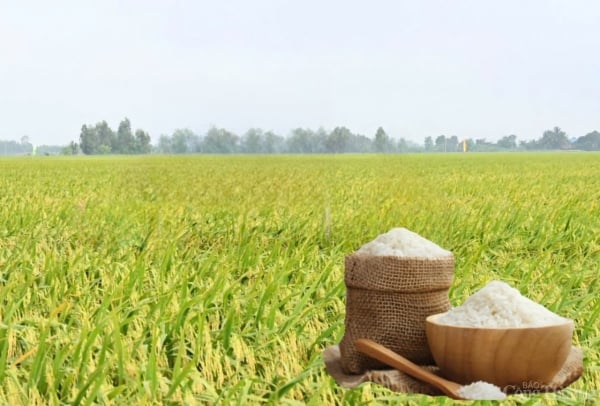
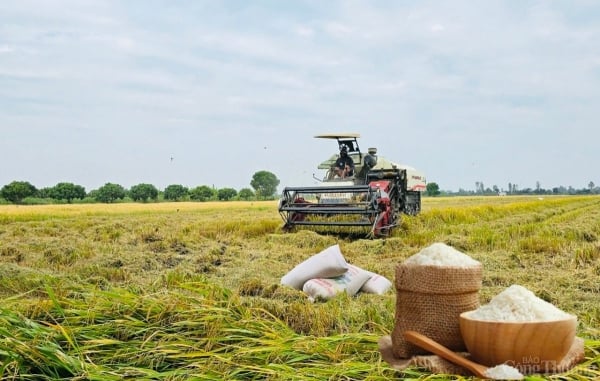
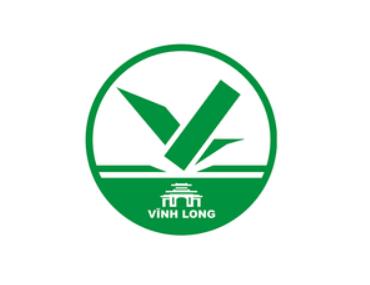
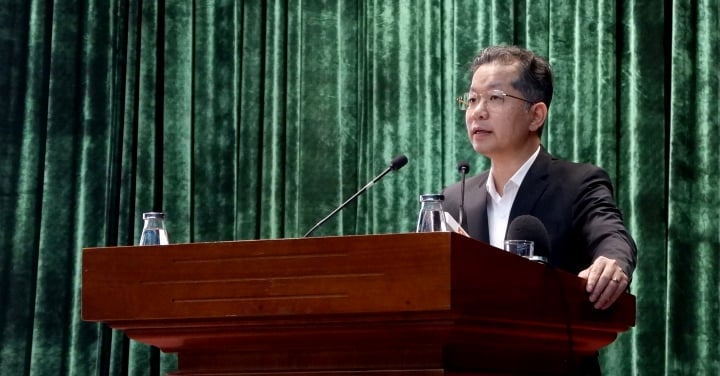


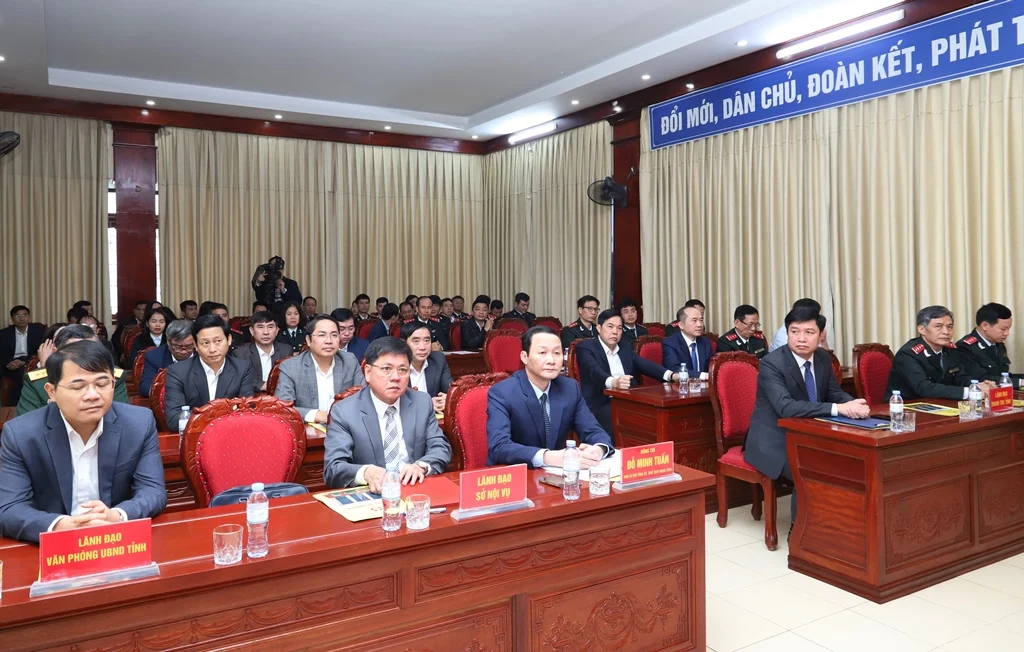






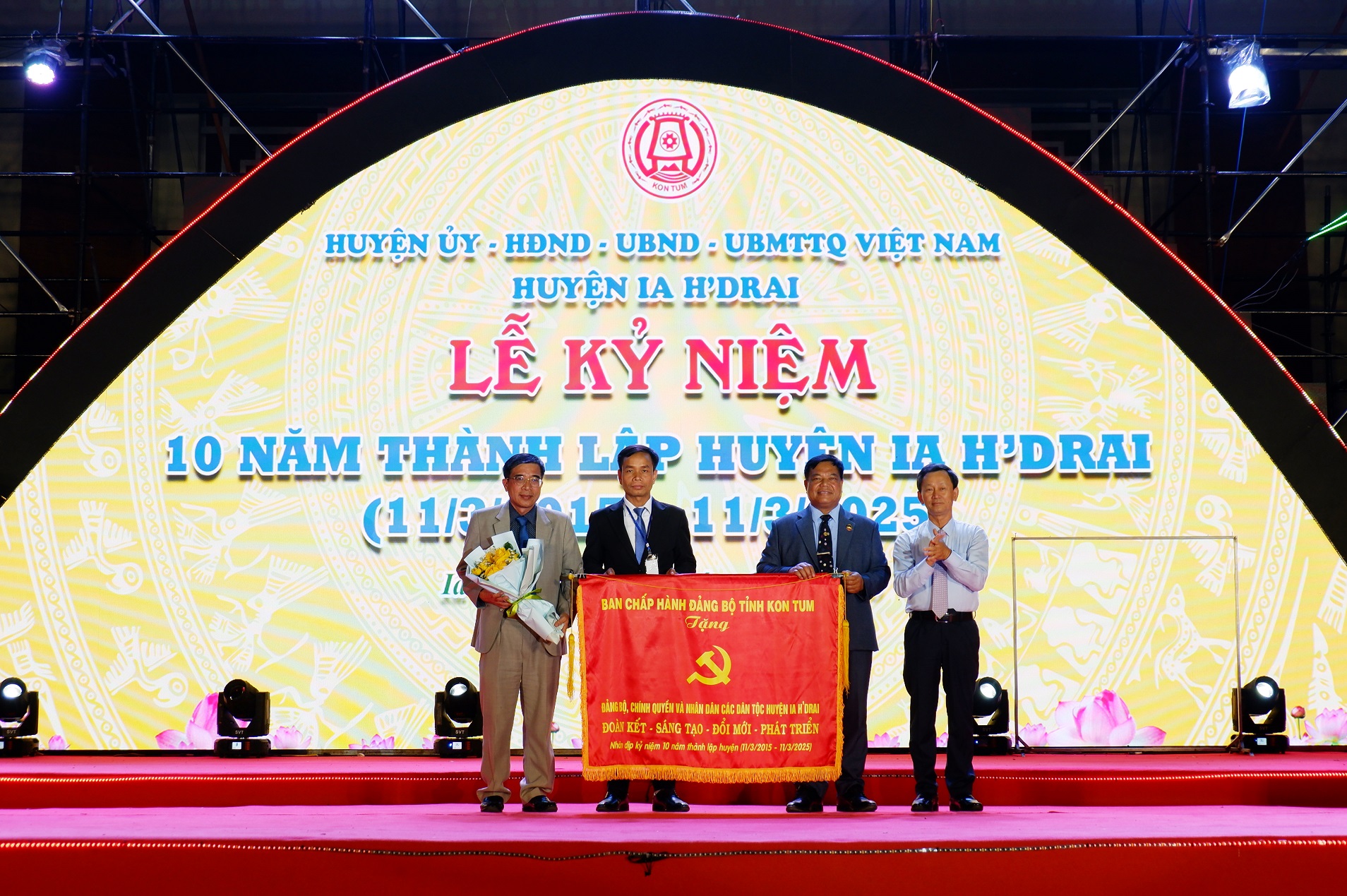
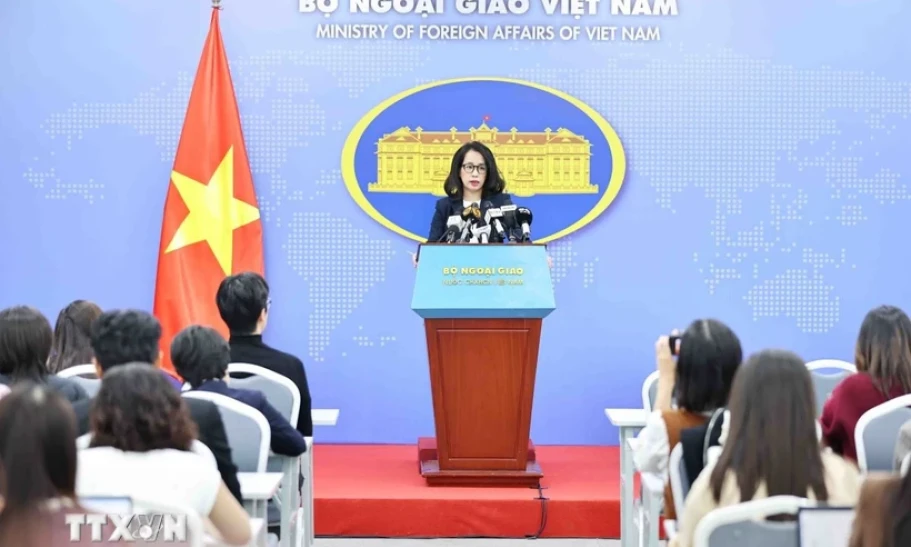
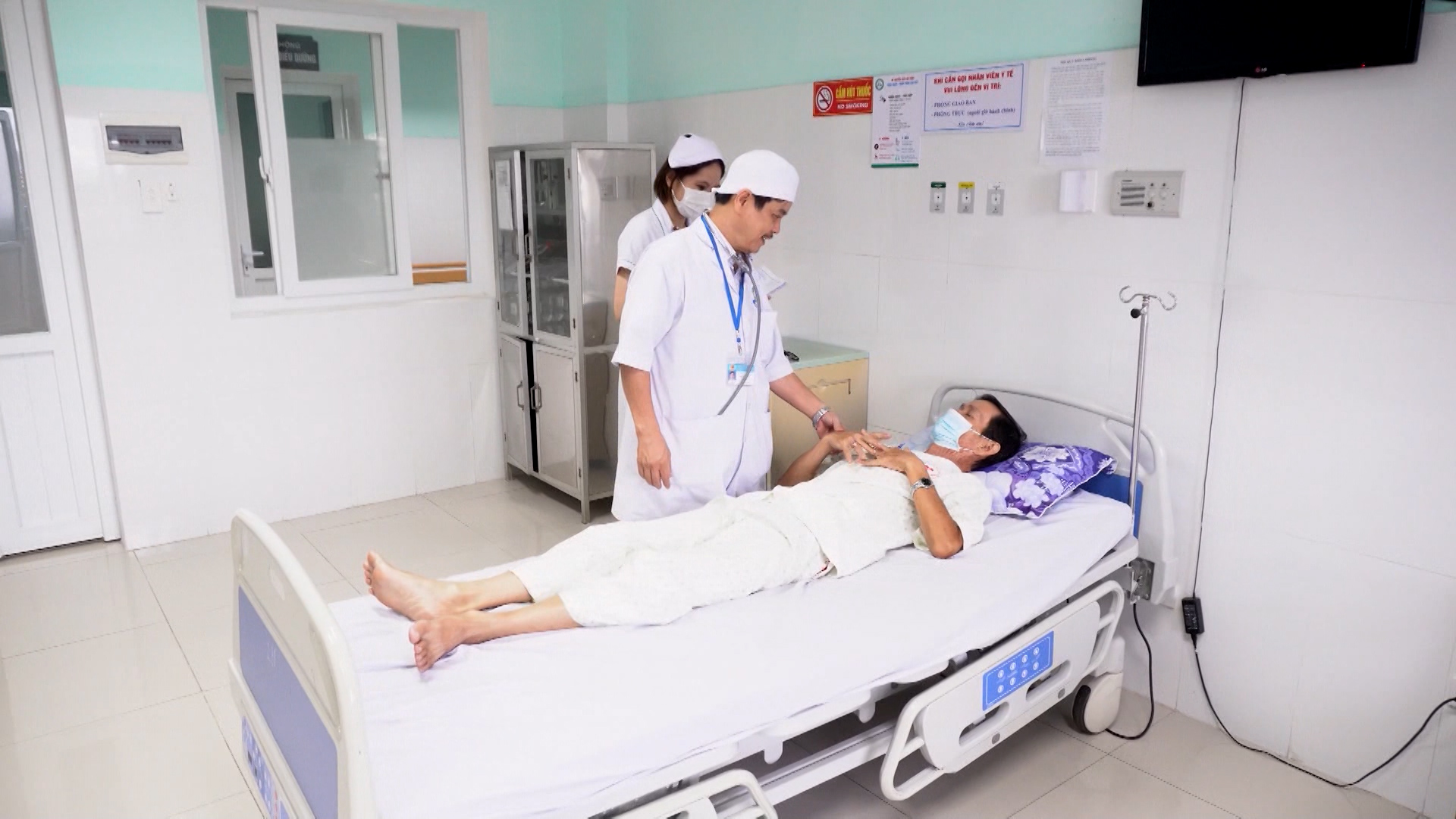
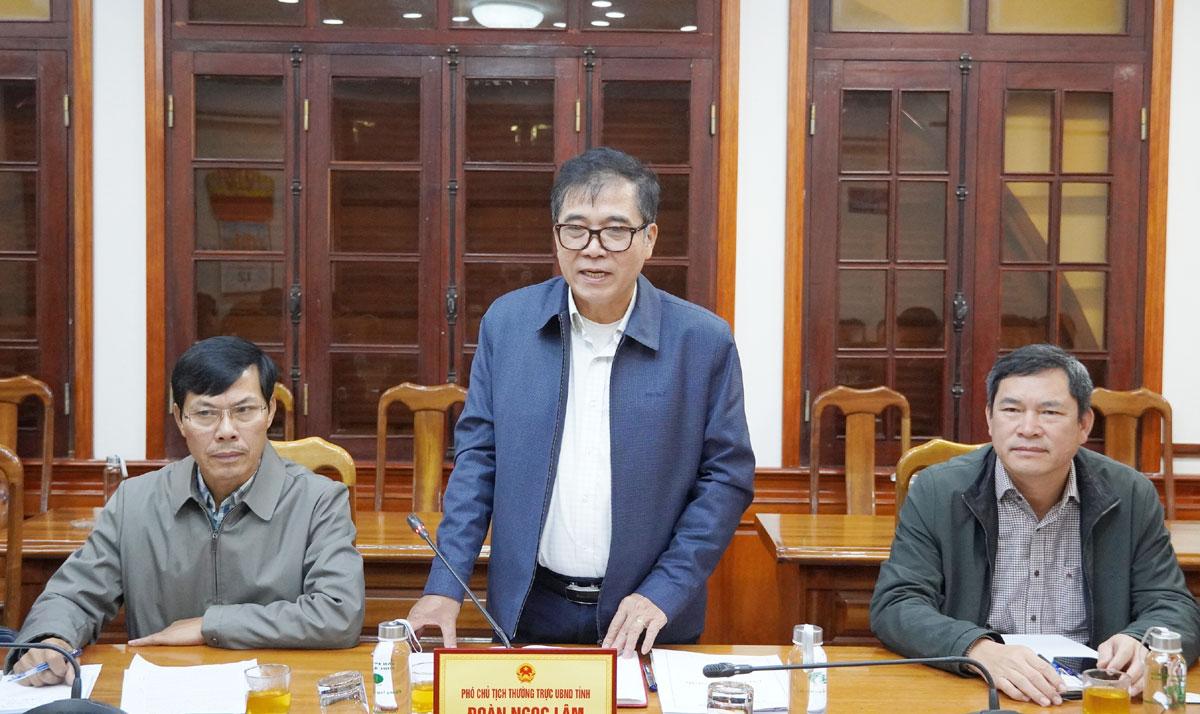
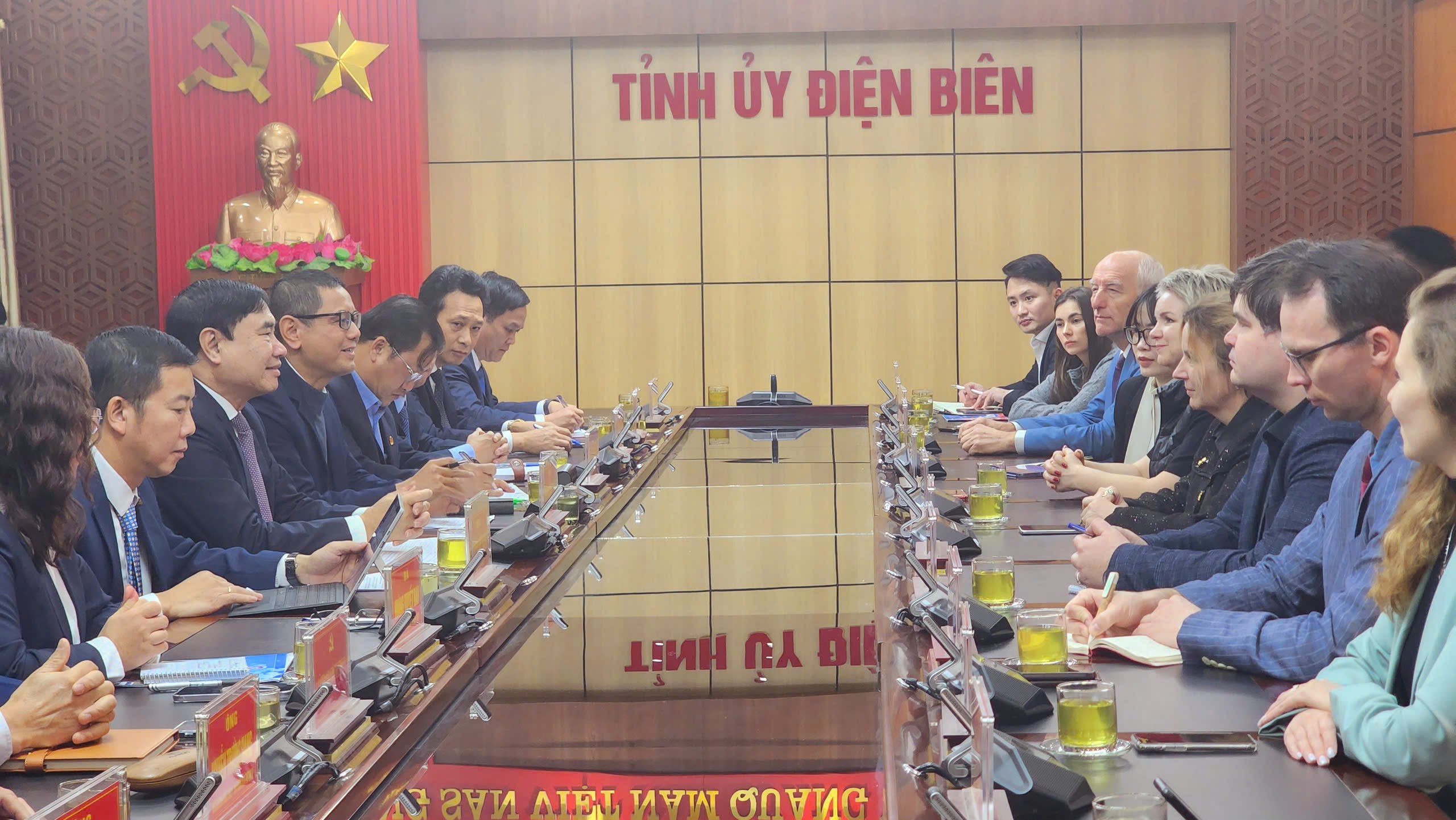
![[Photo] President Luong Cuong receives Ambassador of the Dominican Republic Jaime Francisco Rodriguez](https://vstatic.vietnam.vn/vietnam/resource/IMAGE/2025/3/20/12c7d14ff988439eaa905c56303b4683)

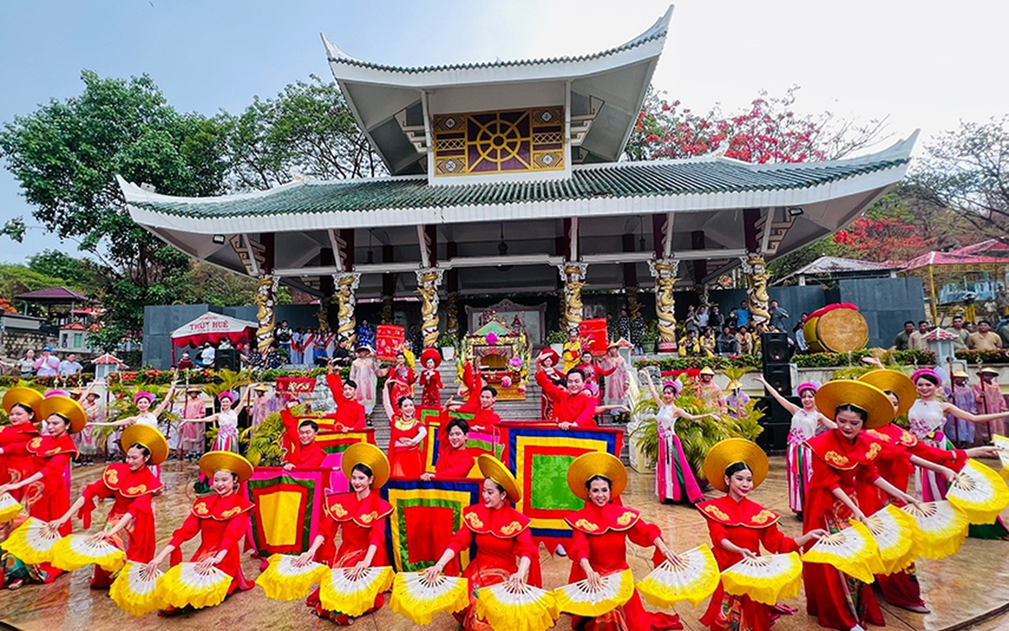

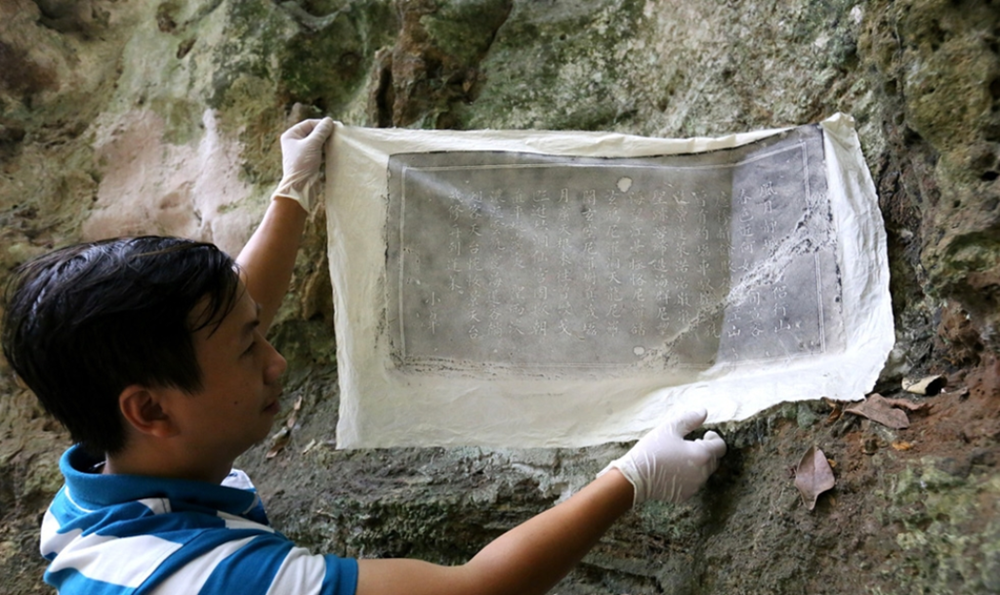

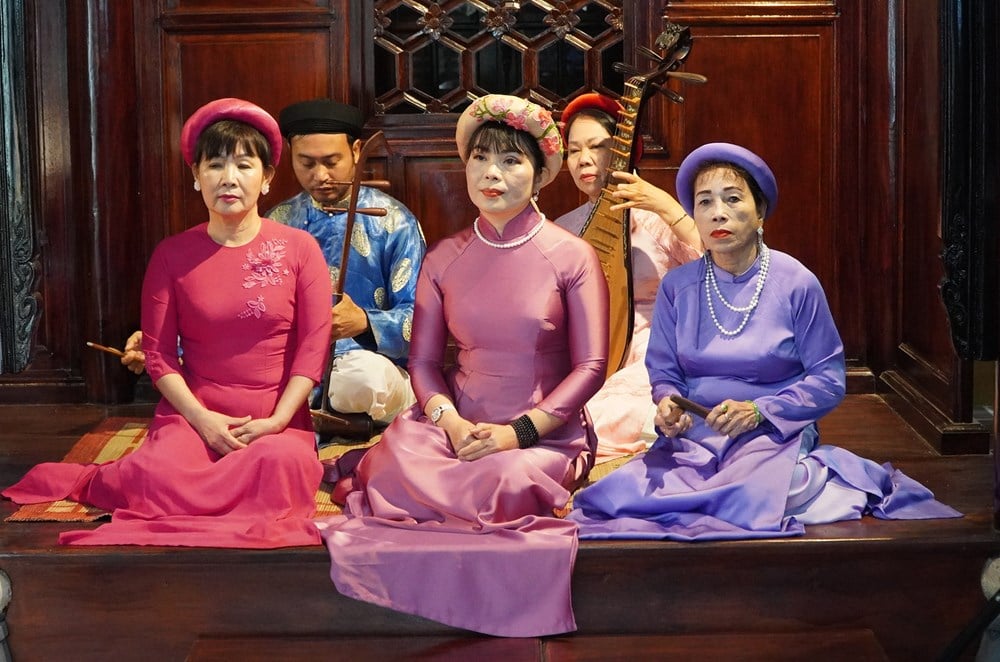


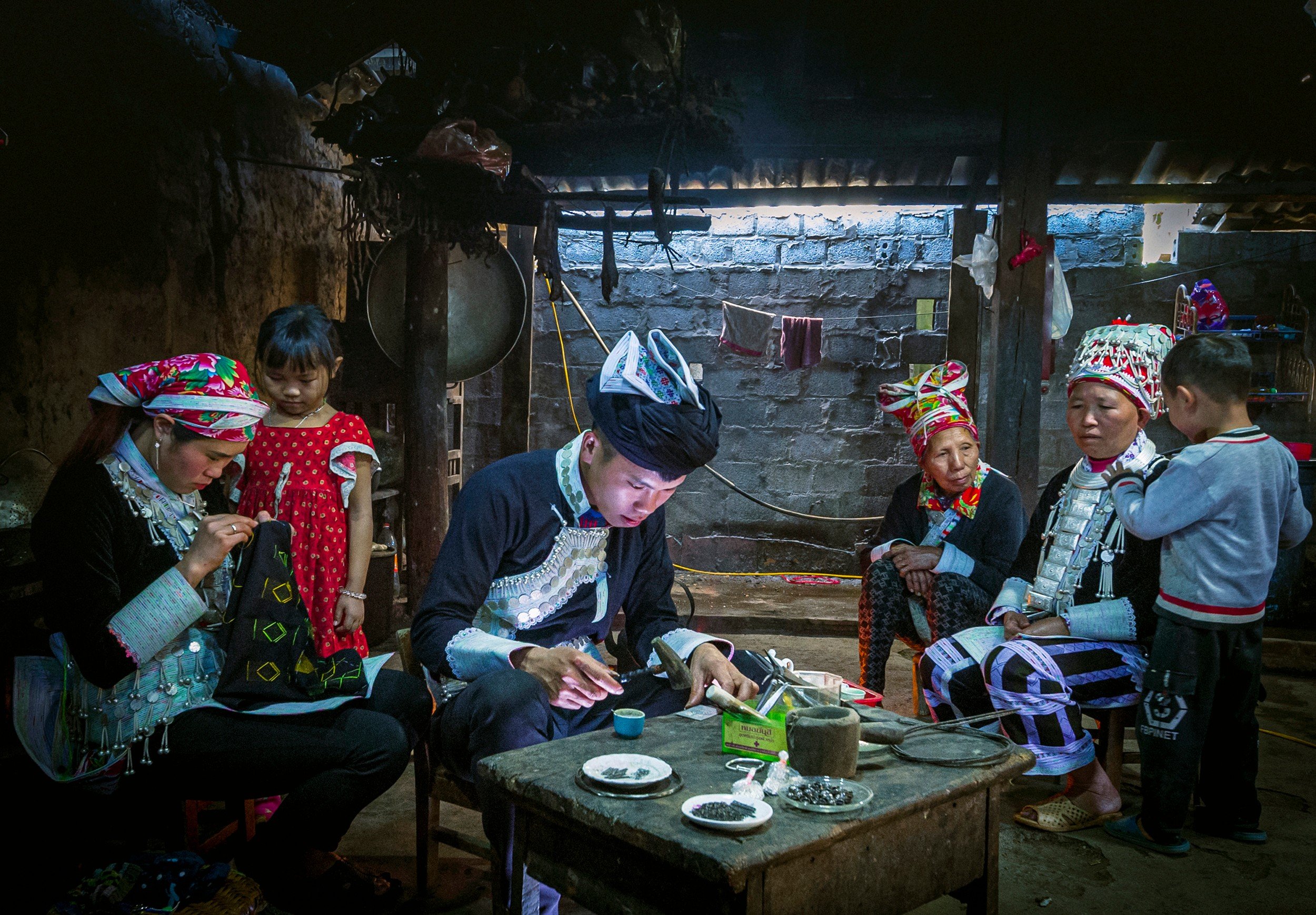




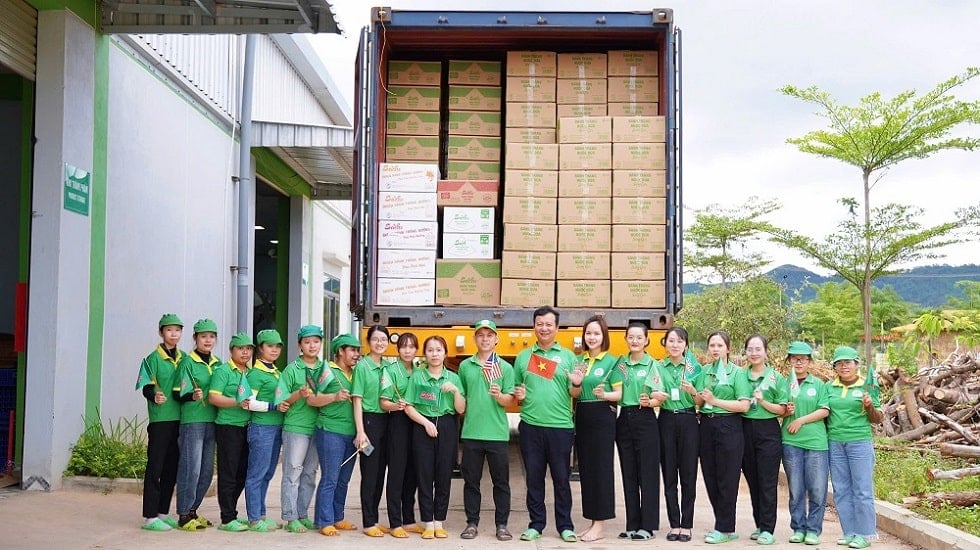

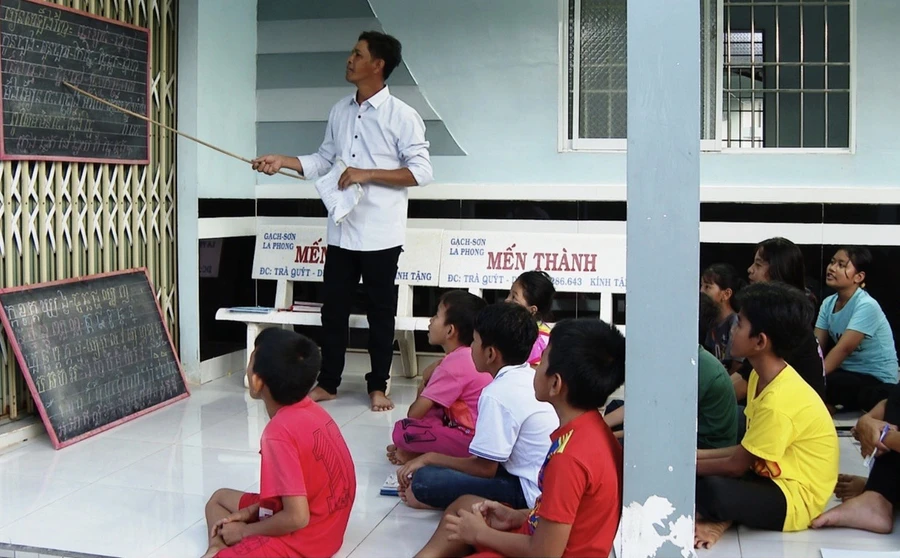







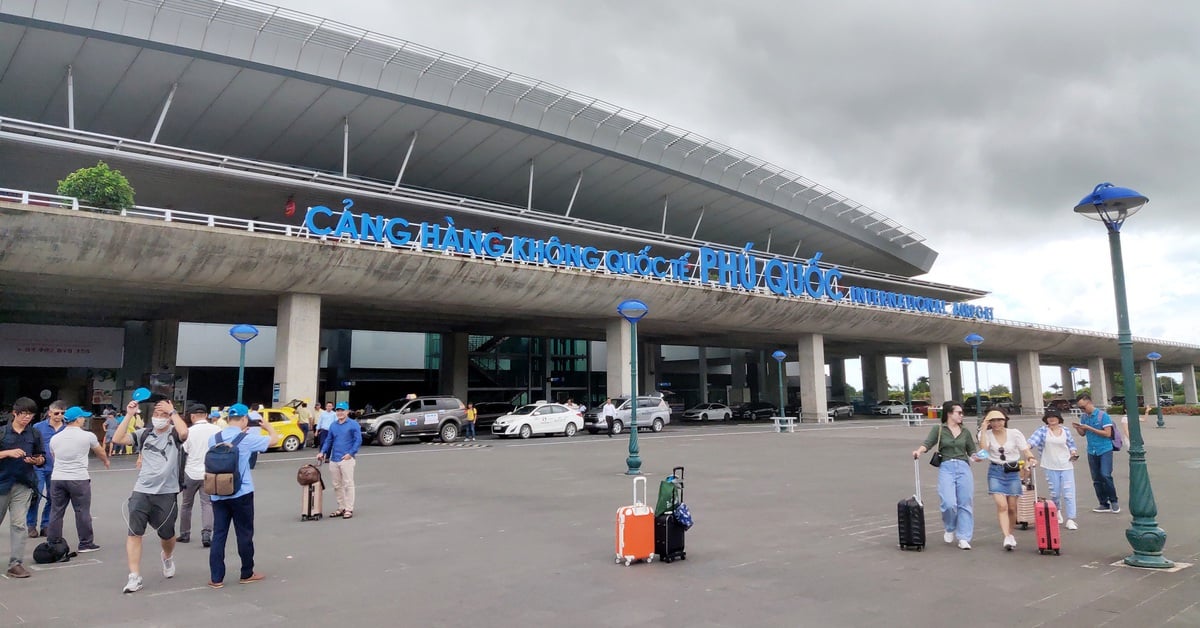





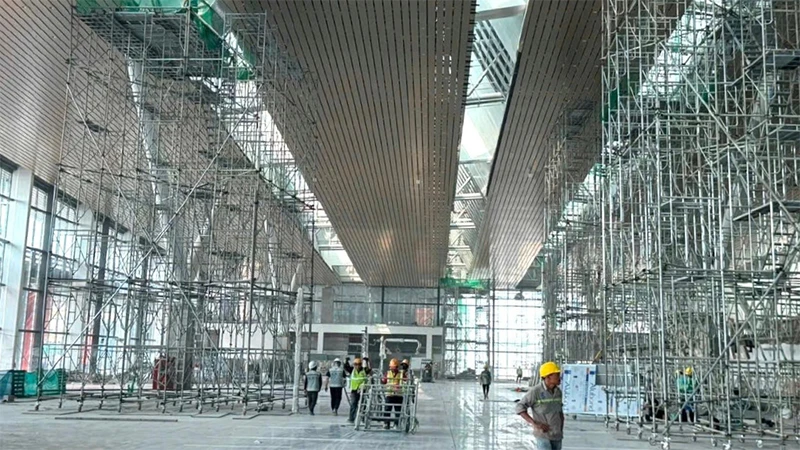
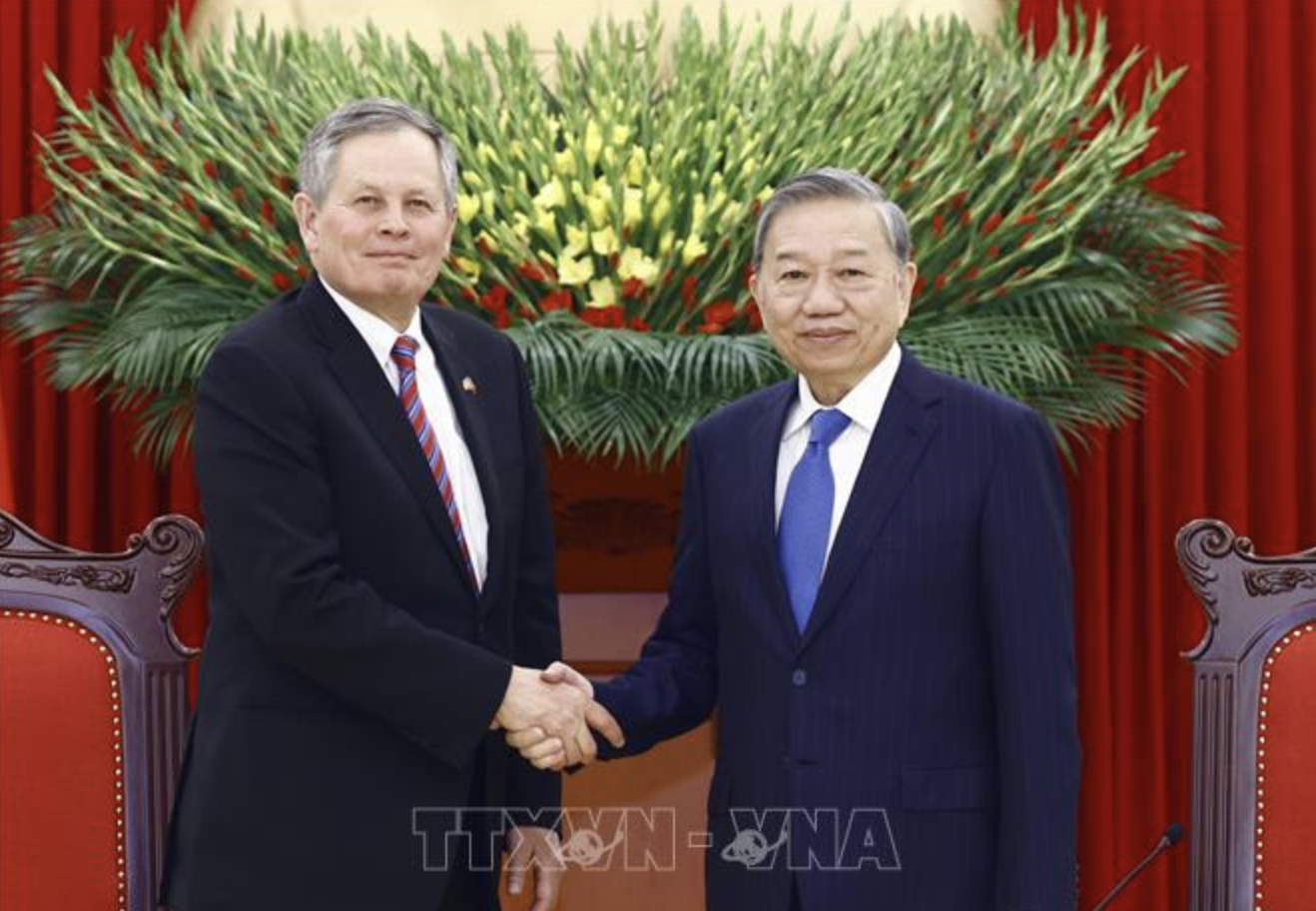


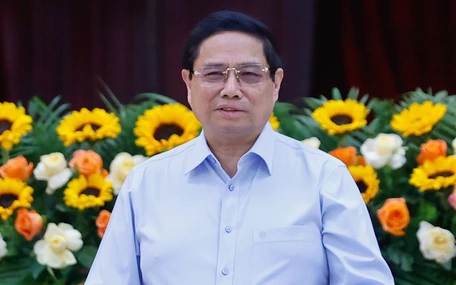
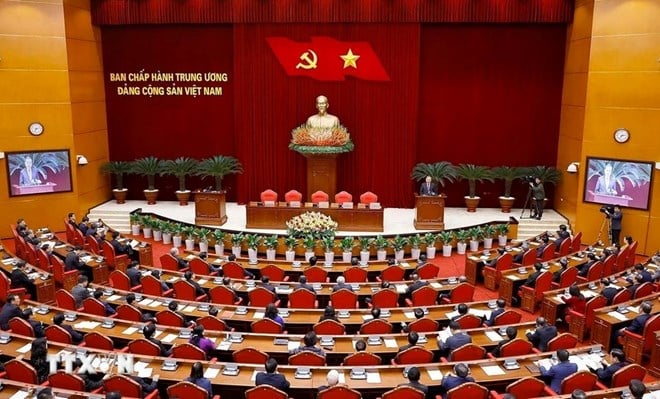

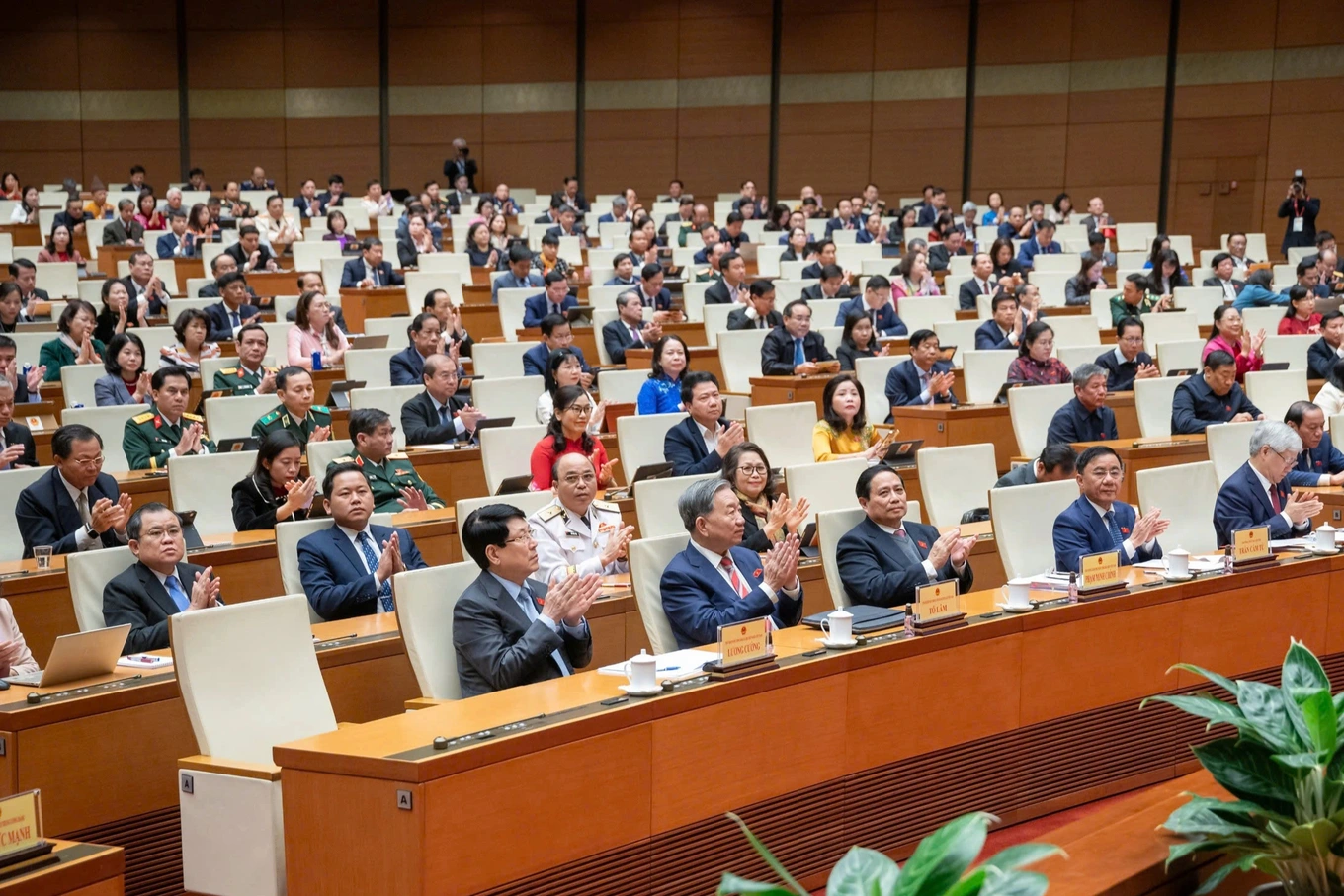

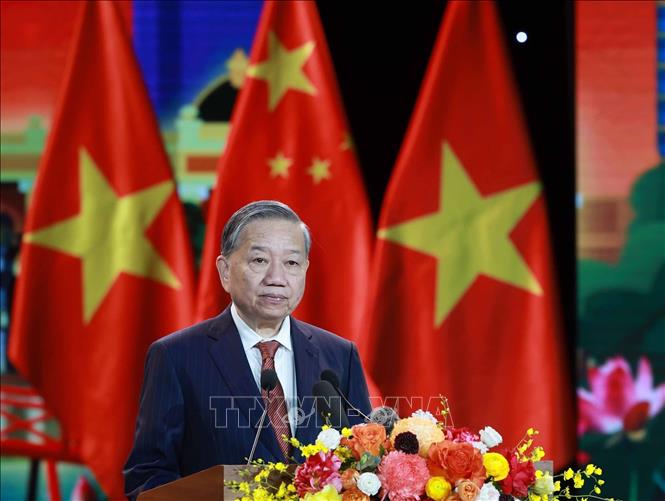
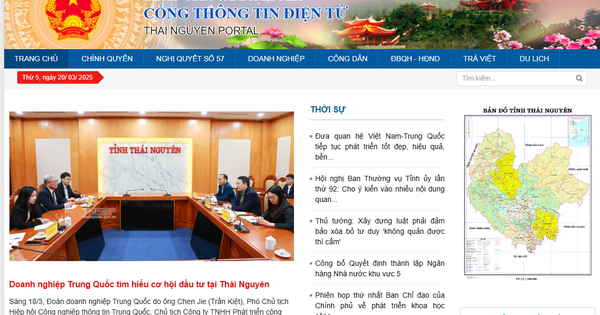

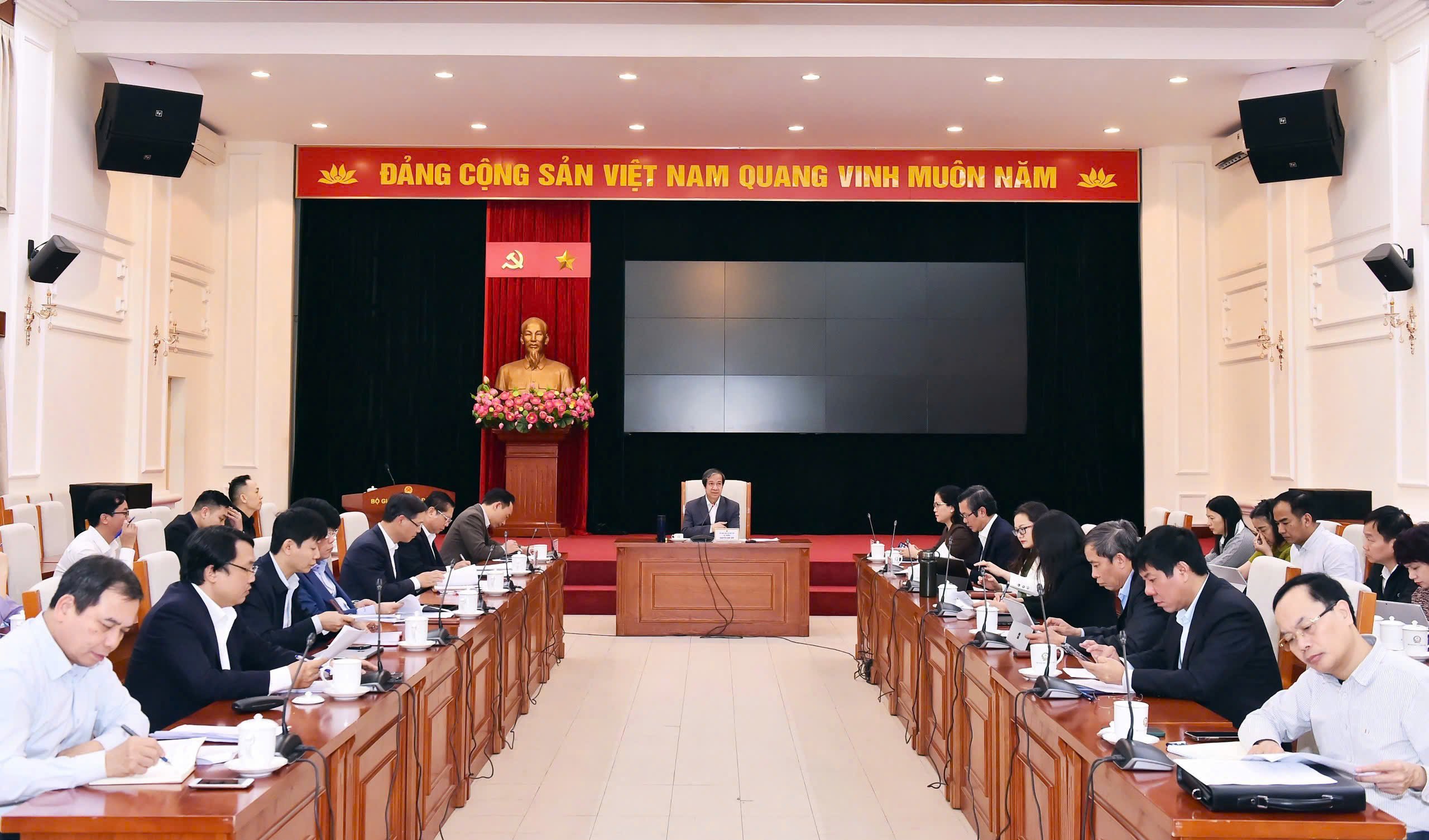

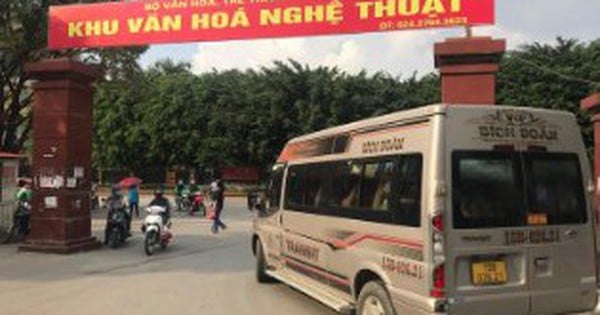

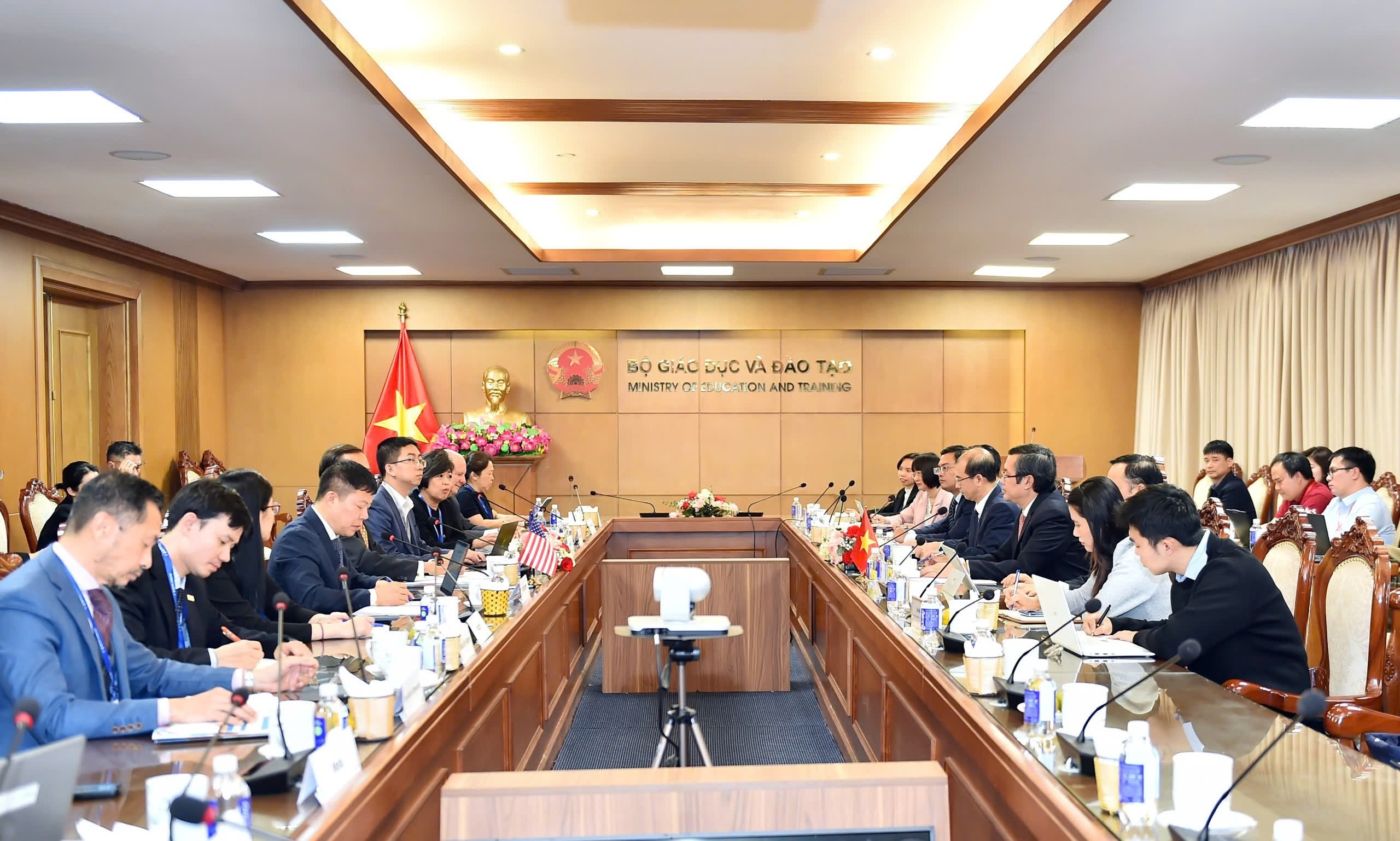
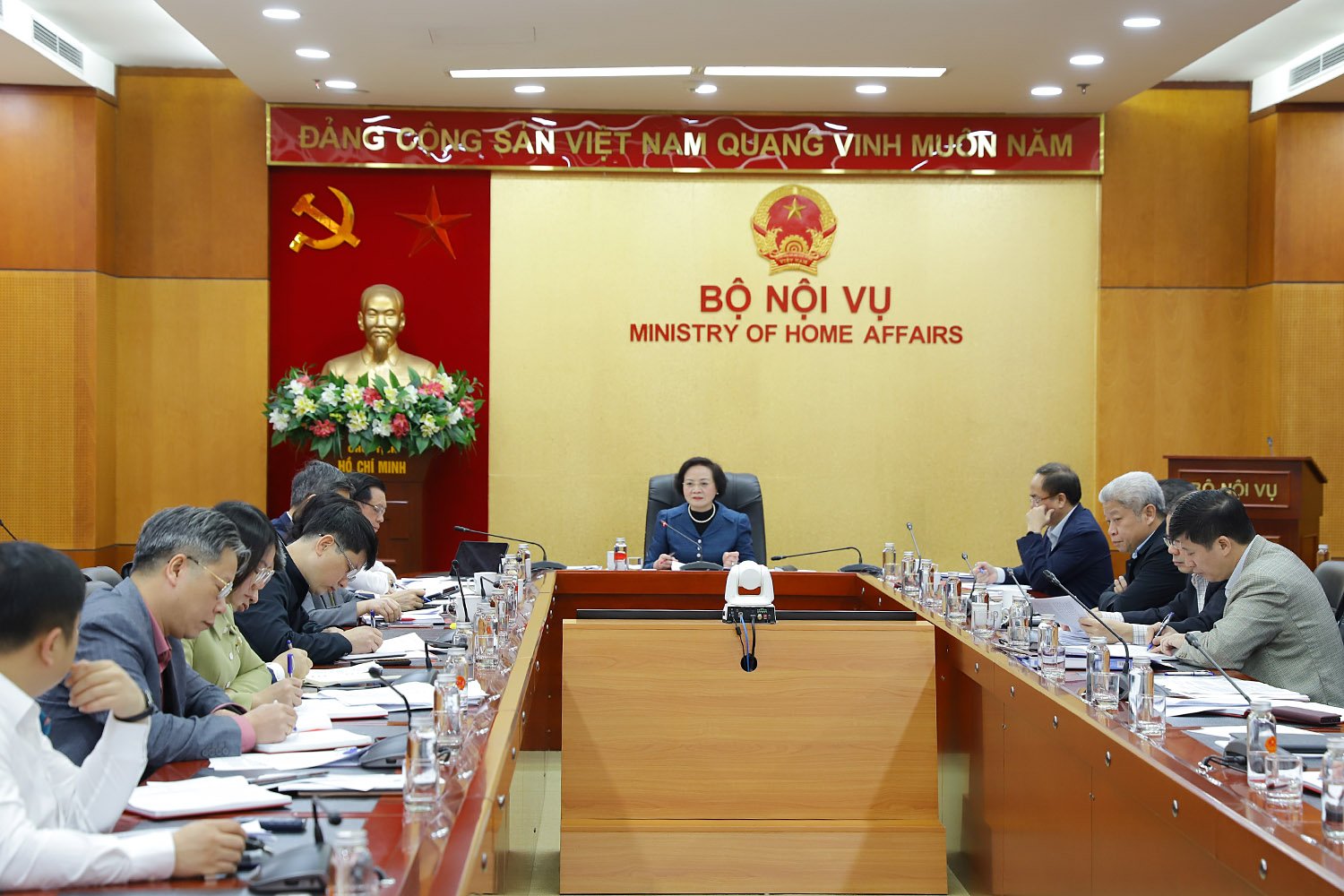

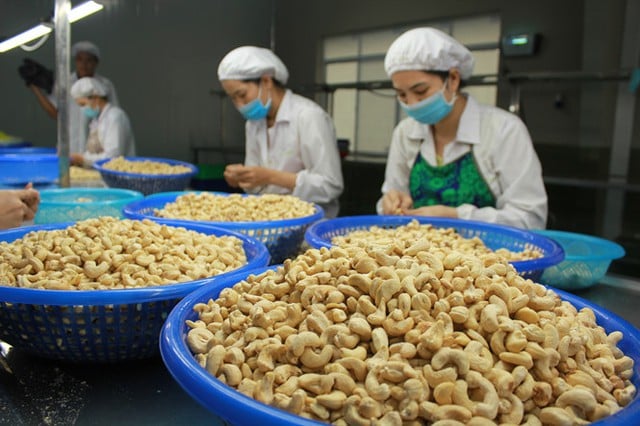

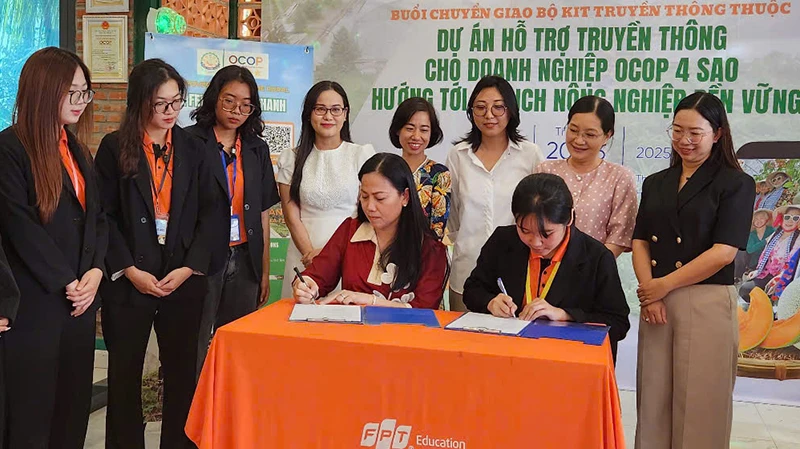
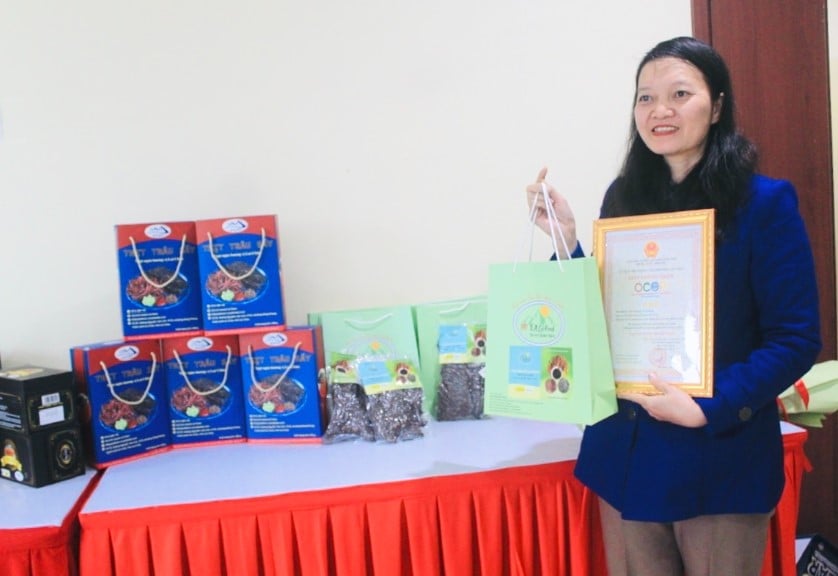

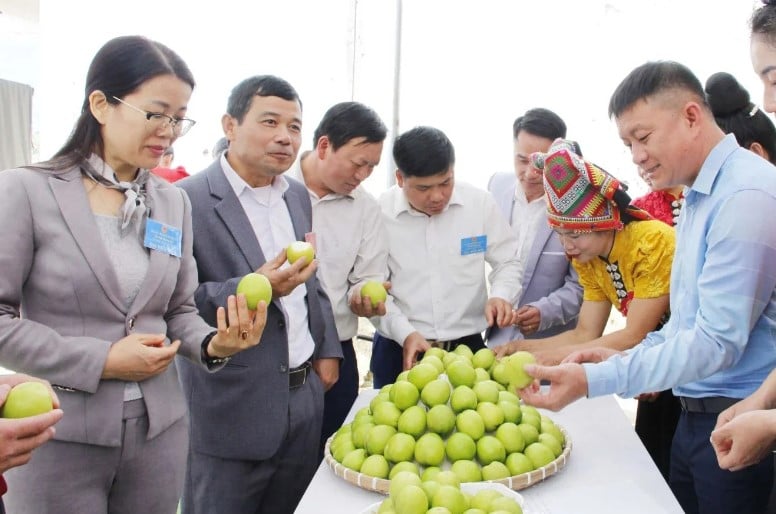
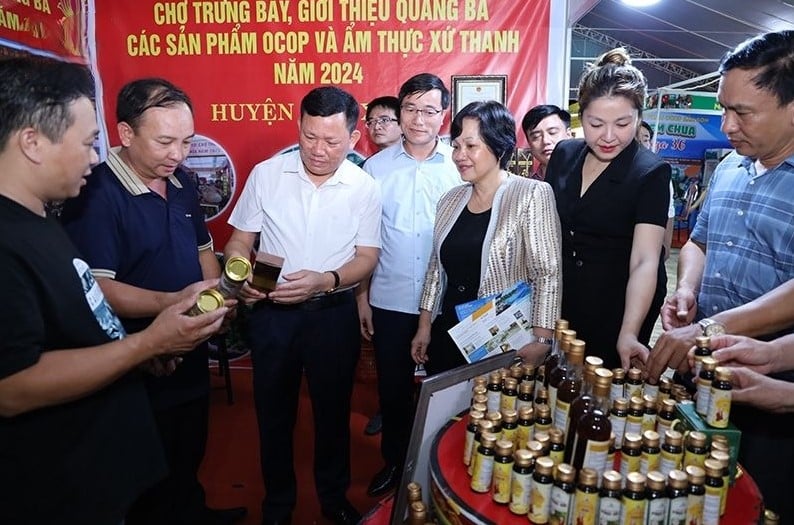

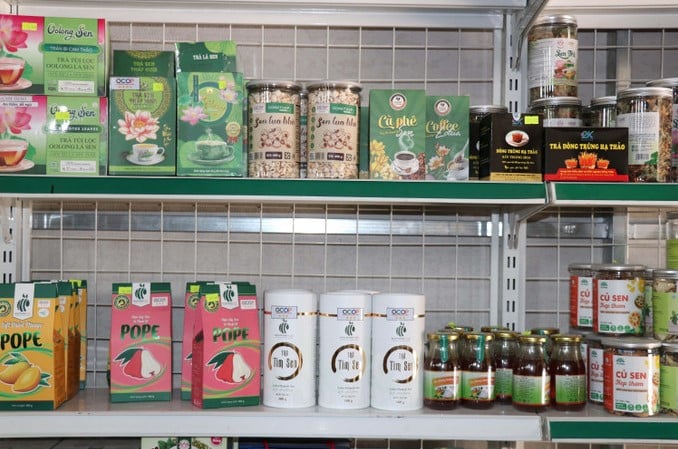
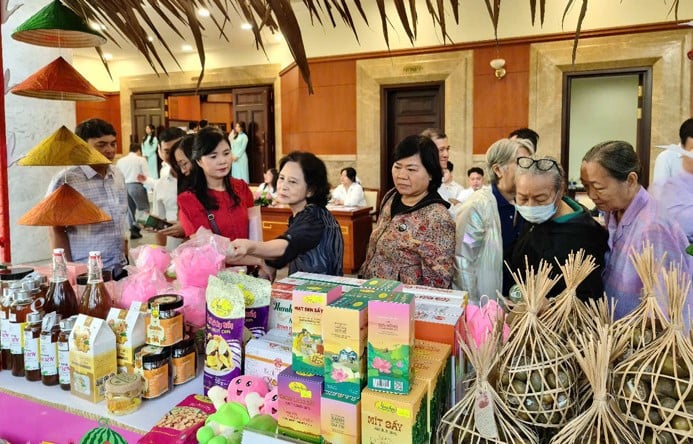
Comment (0)